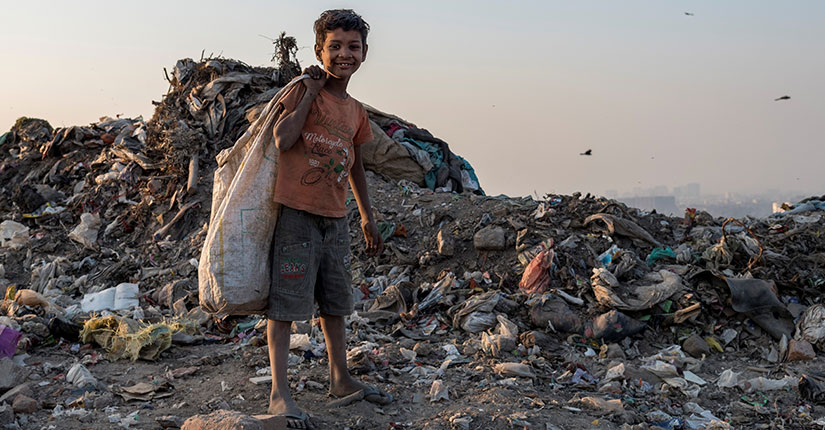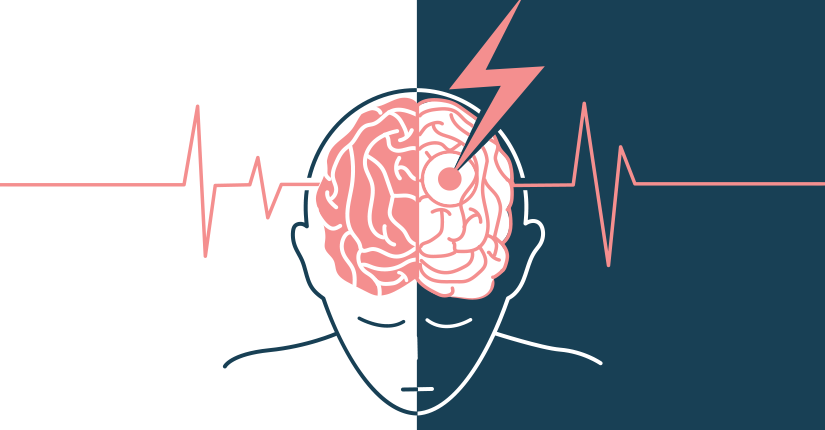WHO Tweeted About 5 Facts About Urban Health
By Nmami Agarwal 04-Jul 2022 Reading Time: 4 Mins

Urbanization is one of the leading global trends of the 21st century that has a significant impact on health. Over 55% of the world’s population lives in urban areas – a proportion that is expected to increase to 68% by 2050. As most future urban growth will take place in developing countries, the world today has a unique opportunity to guide urbanization and other major urban development trends in a way that protects and promotes health. This is important, not least because the health and well-being of citizens are perhaps a city’s most important asset.
However, most of the 4.2 billion people living in cities suffer inadequate housing and transport, poor sanitation and waste management, and air quality that fails WHO guidelines. Other forms of pollution, such as noise, water and soil contamination, so-called urban heat islands, and a lack of space for walking, cycling and active living further combine to make cities epicenters of a noncommunicable disease epidemic and drivers of climate change. Over 55% of the world’s population lives in urban areas and this is set to rise to 68% by 2050. An estimated 91% of people in urban areas breathe polluted air.
The World Health Organisation Tweeted About 5 Facts About Urban Health:
Almost 40% of those living in urban areas have no access to safely managed sanitation services.
Urbanization is linked with many health challenges, including noncommunicable diseases such as
- heart disease
- asthma
- cancer
- diabetes
Urban populations are among the most vulnerable to climate change & air pollution. An estimated 91% of people living in urban areas breathe polluted air.
Cities are among the highest risk areas for infectious disease outbreaks such as the current COVID-19 pandemic.
Making walking & cycling safer leads to healthier cities.
The COVID-19 pandemic has shown that cities often bear the brunt of emergencies. Citizens frequently have high exposure to the virus and have no space or the means to protect themselves. Overcrowding and lack of clean sanitation services increase the risk of contagion, limit residents’ ability to adhere to public health measures, and increase the likelihood of interpersonal violence. Around the globe, COVID-19 has spread quickly in areas with other existing health inequities, such as the unfair and preventable differences in people’s health, well-being, and access to quality health services.
Over To You:
The World Health Organisation addresses urban health in multiple cross-cutting ways, focusing on better air quality, water, and sanitation, and other environmental determinants; healthy urban planning; healthier and smoke-free environments.





















